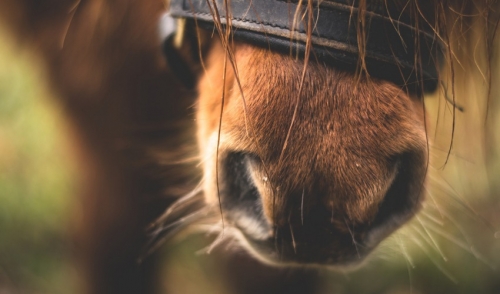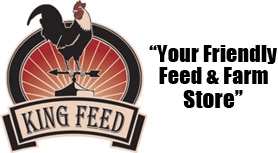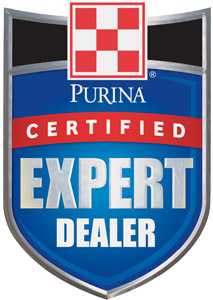{article.name}
The Best and Safest Ways to Feed a Horse

- Share this:
- Share on Facebook
- Pin on Pinterest
- Tweet on Twitter
Understanding the basic dietary needs of your equine friend is an essential part of ownership. Horses are foragers, meaning they graze. Meeting this natural characteristic is imperative.
• Hay: Hay is commonly the preferred source of forage. A safe calculation is 1 pound of hay to every 100 pounds of a horse’s body weight. Allowing a horse to have access to hay all day helps promote a healthy digestive process.
• Best Practice for Feeding: The amount of feed given on a daily basis should be determined by the horse’s size and work load. A normal leisure walking horse might have a common feed intake of 5 to 10 pounds of horse feed throughout the day. Choosing your feed supplier is extremely important. Be sure you search for a reliable feed supplier in your area. Only a proven supplier of quality horse feed should be considered! Consistent routine along with proper dietary nutrition served in a clean environment is essential to the overall health and proper feeding of your horse.
• Overfeeding: A horse has a small stomach. Even though they feed frequently, their intake is generally proportionate to the physical makeup of the digestive track. Overfeeding is unsafe and can cause severe damage to a horse’s intestines.
• Food Intake: A horse is not able to throw up, so whatever is consumed must go through the digestive track. Carefully managing feed intake is the safest approach. Feeding a horse grain three times a day along with hay is adequate.
• Hydration: Have clean drinking water available at all times. A healthy horse can consume anywhere from 5 to 15 gallons of water per day.
Consistent routine, proper dietary nutrition served in a clean environment, along with a fresh water supply are all essential to the overall health of your horse.
Special Offers
We are constantly adding new specials to our site. Be sure to check back often!



Comments